Despite economic challenges, one sector stands out in consumer spending. In April, gas stations led the way with a significant increase in sales, bucking the trend of overall stagnation.
This unexpected surge highlights how volatile factors like fuel prices can drive consumer behavior.
Economic Pressures Weigh on Consumers
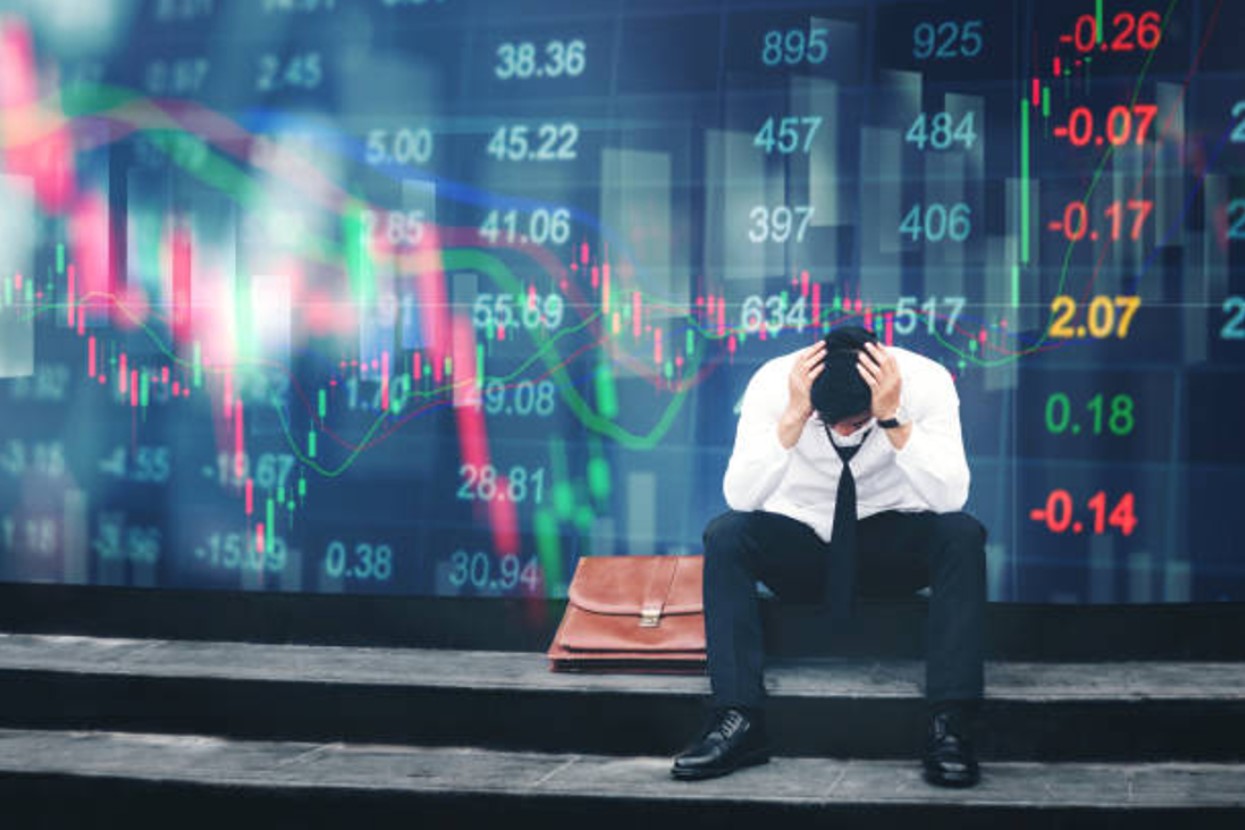
US consumers are feeling the strain of high inflation and interest rates. April’s retail sales remained flat compared to March, which had a revised 0.6% increase.
This stagnation contrasts sharply with the 3% surge in retail sales seen a year ago, indicating a significant slowdown in consumer activity. Financial stress is clearly influencing spending habits.
Retail Sales Stagnation

April’s retail sales fell short of the projected 0.4% increase, a clear sign of consumer restraint. Economists had hoped for more robust growth, but the figures reveal a cautious approach to spending.
This conservative behavior among consumers reflects broader economic uncertainties and rising financial pressures.
Gas Stations: The Unexpected Leaders
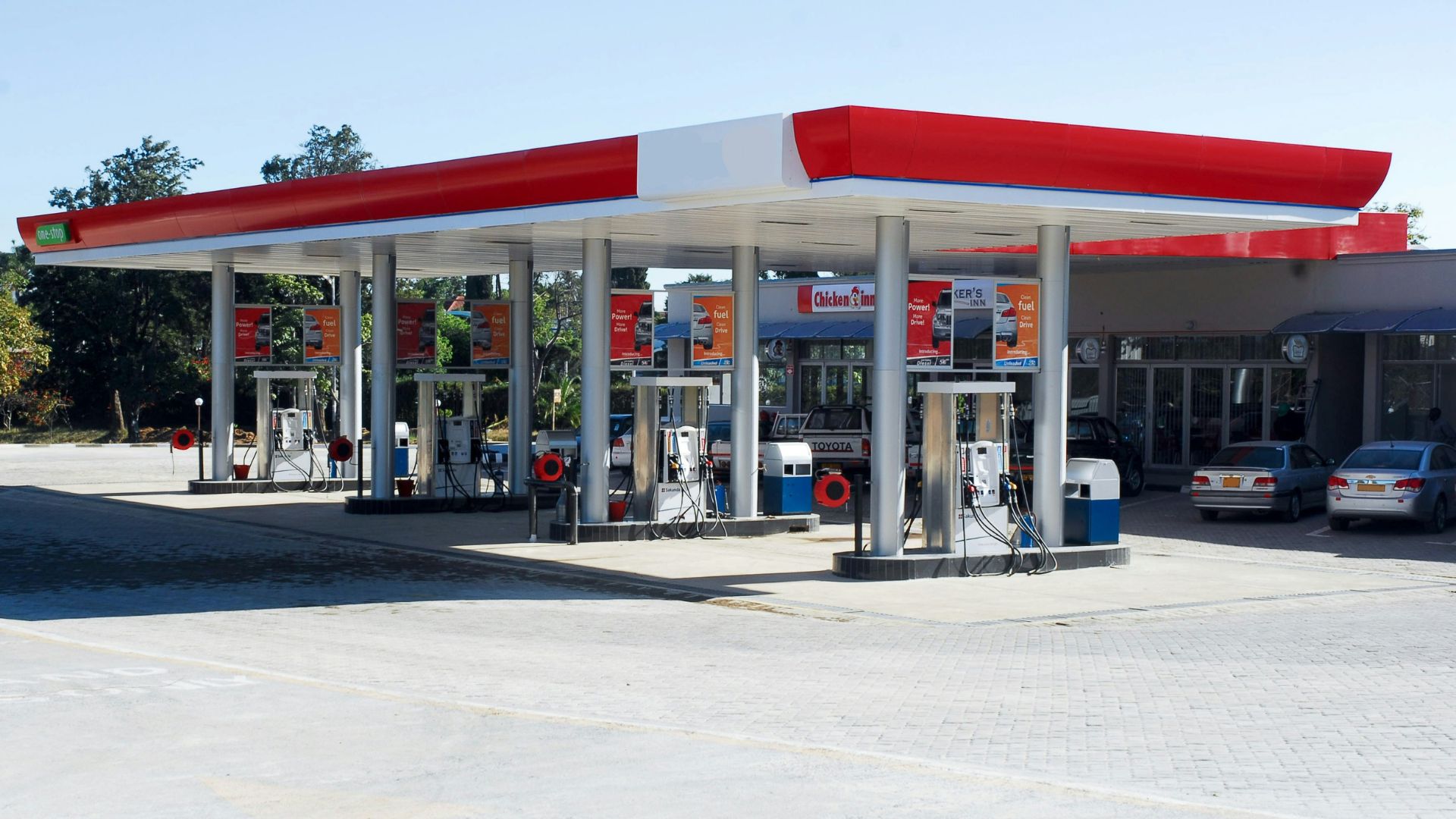
In a surprising turn, gas stations experienced a 3.1% increase in sales in April, the highest among all sectors. This spike follows months of rising gas prices, which had previously strained consumers’ budgets.
As gas prices began to cool, spending at gas stations surged, highlighting the direct impact of fuel costs on consumer behavior.
Other Sectors Show Modest Gains

While gas stations saw the largest increase, other sectors also experienced growth. Clothing and accessory stores saw a 1.6% rise in sales, food and beverage stores increased by 0.8%, and restaurants and bars went up by 0.2%.
These gains, although modest, indicate selective spending in specific areas despite overall economic caution.
Online Sales Decline

Interestingly, online retail sales dropped by 1.2% in April, marking a significant shift from previous months. Online shopping had been a bright spot in retail, but this decline suggests changing consumer preferences, which could also be related to seasonality.
The decrease in online sales may be due to consumers prioritizing essential purchases over discretionary spending.
Inflation Shows Improvement
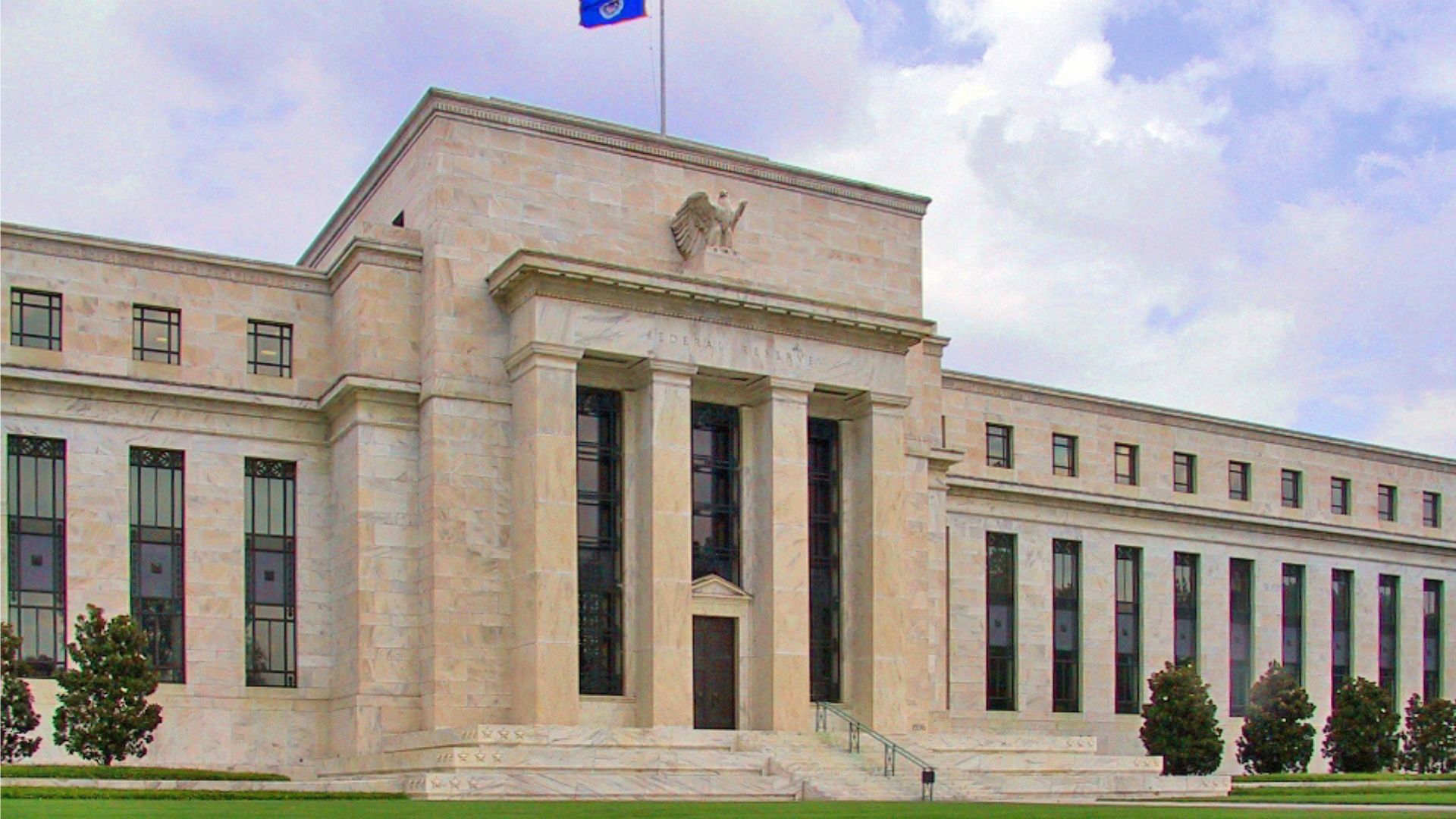
April brought some relief as the annual inflation rate eased to 3.4%, down from 3.5% in March.
This slight improvement is in line with Federal Reserve expectations and indicates progress towards the 2% inflation target. The easing inflation offers a glimmer of hope for financially stressed consumers.
Impact on Federal Reserve Policies
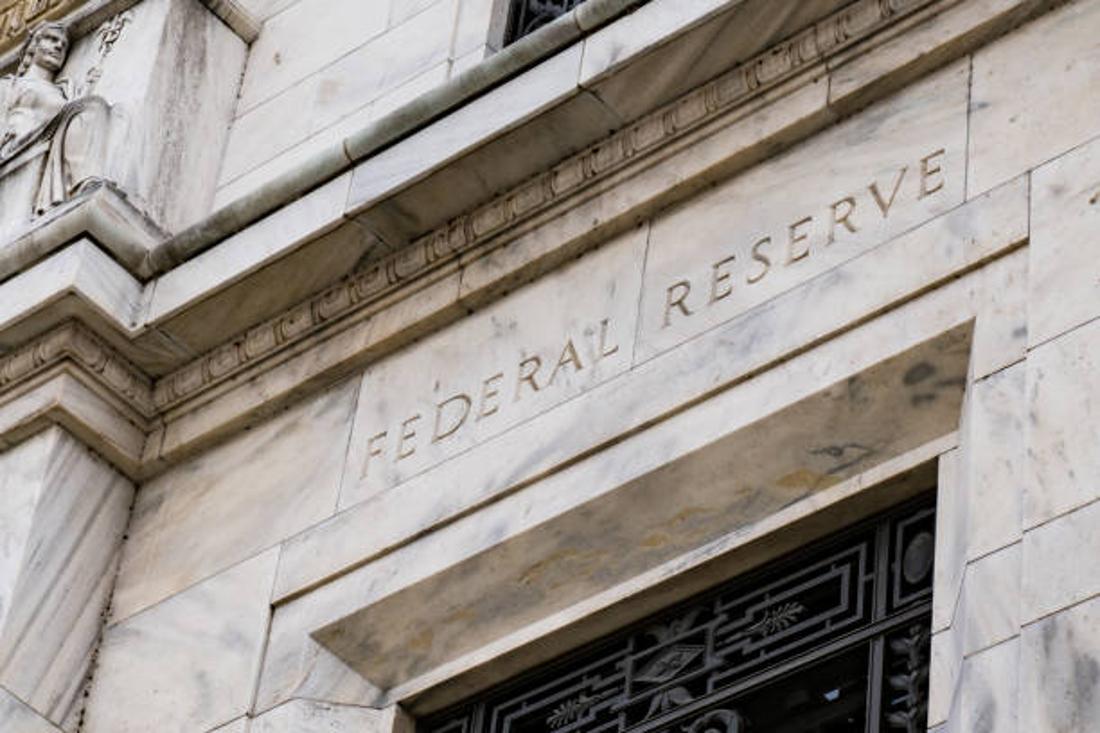
With inflation easing and retail sales stagnating, the Federal Reserve might consider cutting interest rates.
Many economists now predict a potential rate cut as soon as September. This possible policy shift aims to stimulate economic activity and provide relief to consumers facing high financial burdens.
Labor Market Concerns
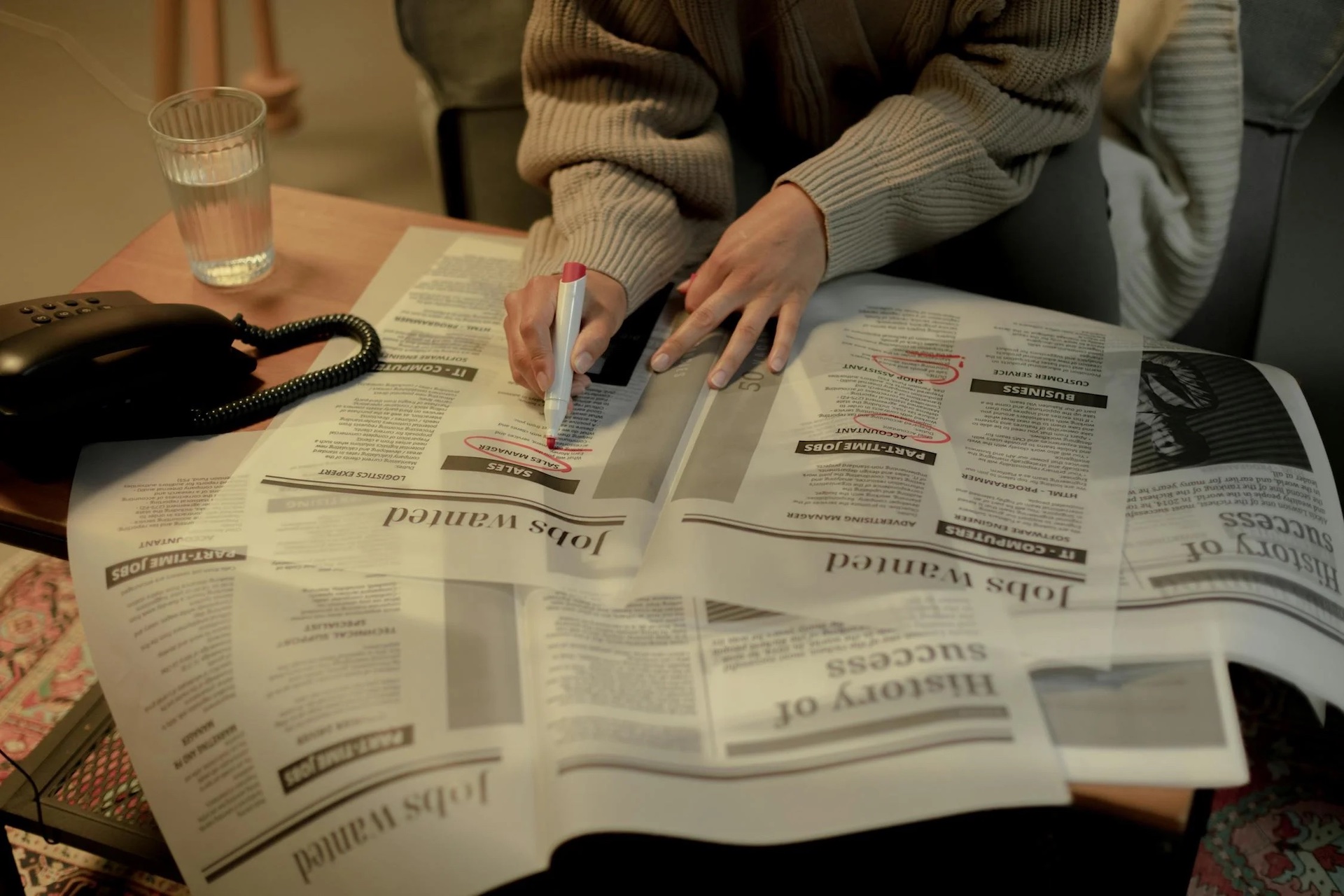
The labor market is showing signs of strain, with the unemployment rate rising to 3.9% in April. The pace of hiring has slowed, and applications for first-time unemployment benefits have reached their highest level since August.
These developments point to a weakening labor market that could further impact consumer spending.
Consumer Debt on the Rise

Consumers are increasingly relying on debt to support their spending. The percentage of credit card balances in serious delinquency (90 days or more late) has climbed to its highest level since 2012.
This growing debt burden reflects the financial stress many consumers are experiencing as they struggle to keep up with expenses.
Financial Stress and Prudence
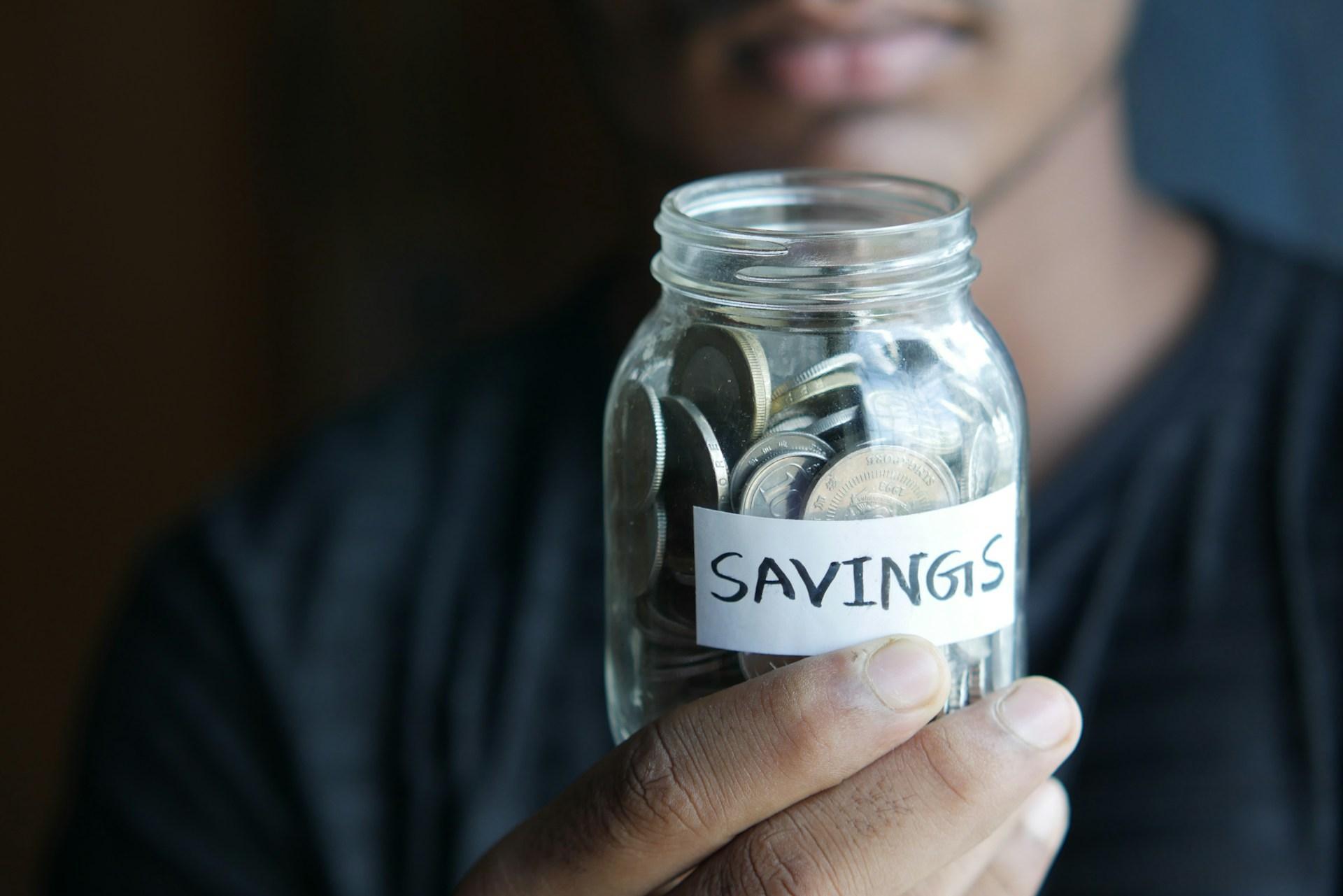
EY senior economist Lydia Boussour noted that a weakening labor market is leading to more cautious consumer behavior.
As economic uncertainty grows, consumers are acting with more caution and prudence. This shift in behavior is contributing to the broader slowdown in retail sales and economic activity.
What This Means for the Future
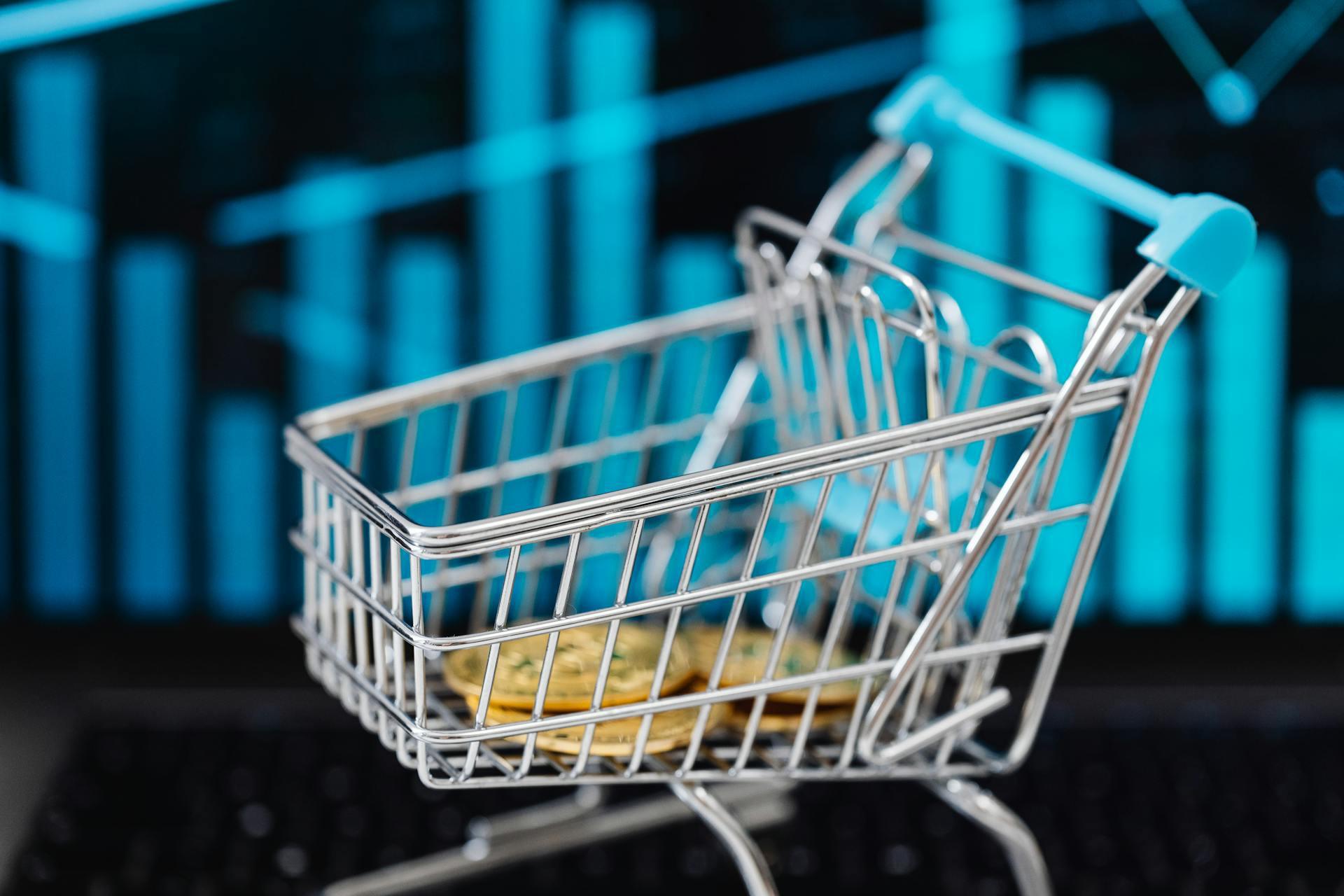
The economic landscape is changing, with gas stations unexpectedly leading in spending growth. This trend, along with rising consumer debt and a weakening labor market, suggests potential challenges ahead.
The Federal Reserve’s response, including possible interest rate cuts, will play a crucial role in shaping the coming months. How consumers adapt will be key to navigating these economic shifts.
